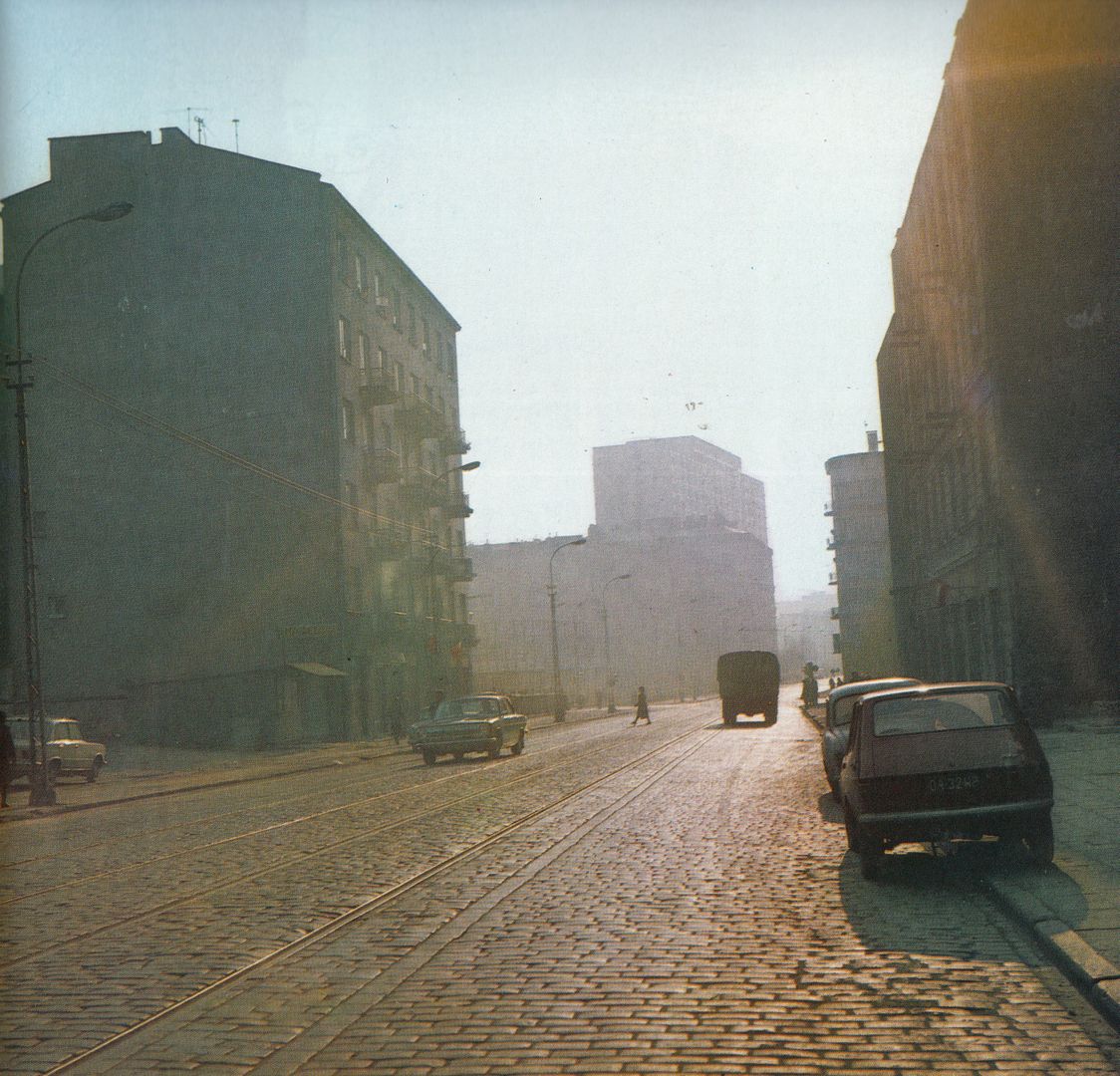Iron Street in Warsaw
6.08

Overview
Żelazna Street in Warsaw, located in the Ochota and Wola districts, has a rich history dating back to the 17th century. Initially, it was a road connecting the jurydyka of Leszno with Nowolipie, and its development accelerated in the 18th century when it was regulated according to geometric plans. In 1770, the street was officially named Żelazna, and the first buildings began to appear around it, including the "Żelazna" inn, which gave the street its name. In the 19th century, Żelazna became an important route as it was extended to Jerusalem Avenue (Aleje Jerozolimskie), and industry flourished with the establishment of breweries and factories. In 1902, the Kaliski Railway Station was built, and the street became a key transport hub when an electric tram line was introduced there in 1908.
During the interwar period, Żelazna gained modern residential buildings and became a center of underground activities associated with the Communist Party of Poland. During World War II, the street suffered significant damage due to fighting, and part of it fell within the boundaries of the Warsaw Ghetto, serving as the only connection between the closed districts. After the war, the built environment of Żelazna changed considerably; many buildings were destroyed, and new architecture emerged mainly in the 1960s. In the late 20th century, the demolition of old tenement houses began, making way for new developments.
Among the notable structures on Żelazna are the Sienna Center office building, the Mennica Legacy Tower complex, and the remnants of the former Norblin factory. The street has also inspired literary works; it was mentioned in a poem by Władysław Broniewski and in Leopold Tyrmand’s novel "Zły" (The Man with White Eyes). Żelazna is not only a place with a rich history but also an important part of Warsaw’s culture, reflecting the dynamic changes the capital has undergone over the centuries.
Location
Tickets
Powered by GetYourGuide
2025 Wizytor | All Rights Reserved